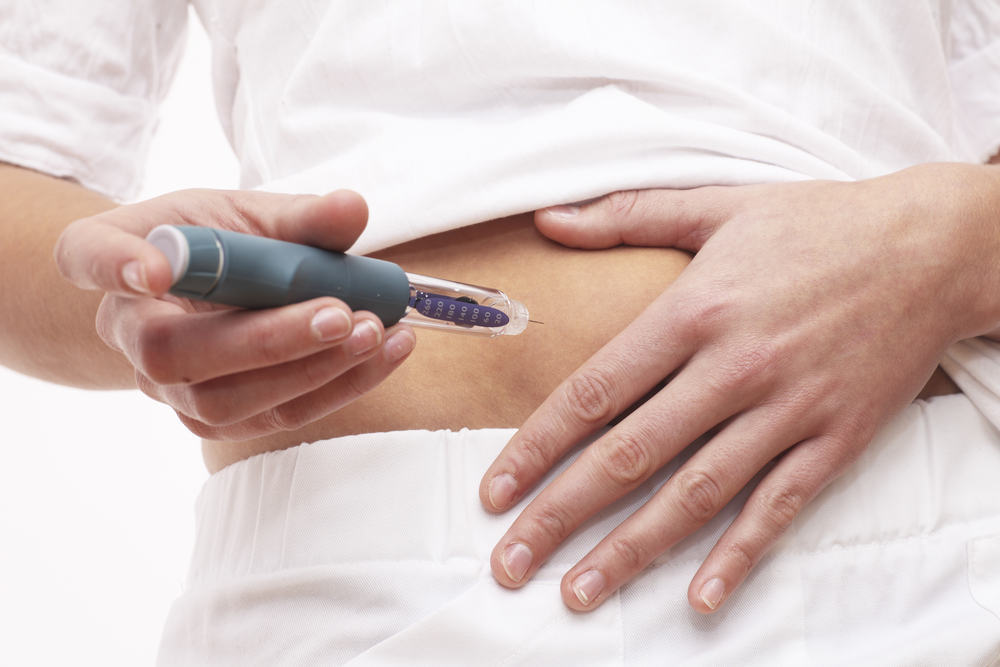Contents:
- Medical Video: Hybrid Closed-Loop Insulin Delivery System: Top 10 Medical Innovations 2018
- What is type 1 diabetes?
- How does the artificial pancreas work?
- The experimental stage of applying artificial pancreas
Medical Video: Hybrid Closed-Loop Insulin Delivery System: Top 10 Medical Innovations 2018
Innovations in the medical world in treating type 1 diabetes are undergoing important improvements. Currently, trials are underway to use artificial pancreas to treat type 1 diabetes. Can this technology bring type 1 diabetics to better life expectancy?
At present, treatment for type 1 diabetes is indeed very effective. However, at the same time, treatment for type 1 diabetes is relatively complex, starting with regular dialysis, checking blood sugar, and injecting insulin. Researchers are conducting experiments to use this artificial pancreas for type 1 diabetics so that they are not complicated to carry out the current procedure.
Actually, this idea of an artificial pancreas has been discussed for decades. However, only now can technology support this idea.
Designed by Boris Kovatchev and his colleagues at University of Virginia School of Medicinethe artificial pancreas has a high potential to change the lives of people with type 1 diabetes in a better direction.
Kovatchev has started working with this technology since 2006. At first, many people were skeptical about the success of this tool. But in fact, nowadays, this tool has entered the experimental stage directly in humans. Hopefully, in the near future, this tool can be applied to all type 1 diabetics.
What is type 1 diabetes?
Your pancreas produces a hormone called insulin. This insulin hormone serves to facilitate the absorption of sugar from the blood to the parts of the body that need it. In people with type 1 diabetes, the pancreas stops producing enough insulin to balance your blood sugar.
Unlike type 2 diabetes, type 1 diabetes is not caused at all due to lifestyle. Type 1 diabetes occurs because of attacks on beta cells in the pancreas that cannot be properly resisted by the immune system. As a result, the pancreas cannot produce insulin according to what your body needs.
Currently to treat type 1 diabetes, usually the sufferer must routinely undergo blood sugar tests and inject his body with insulin to balance the amount of insulin needed. Because this is done manually by humans, there could be an error. If an error occurs and the patient's blood sugar rises, then the lapse of time can damage the kidneys, nerves, eyes, and blood vessels. On the other hand, low blood sugar, in extreme conditions, can cause coma or death.
How does the artificial pancreas work?
Kovatchev's artificial pancreas is usually referred to as closed-loop control from blood sugar in diabetics. Which means, Kovatchev is trying to create a tool that can control human blood sugar without human intervention, aka relying on machine work.
The center of this system uses a platform called InControl. This platform works on a modified device from smartphone. This tool is connected in a way wireless to monitor blood sugar, a device that functions to pump insulin and remote monitor. This blood sugar monitor observes blood sugar levels every 5 minutes and sends the results to the InControl tool.
All these tools are controlled by algorithms and get the right information about insulin needed by the sufferer through a small needle, where the sufferer will not even bleed a drop.
This algorithm is the key to this innovation. This algorithm is designed to find out information about how much insulin a patient needs per second. It is not enough for a technology to only know what blood sugar levels are at certain times. The technology must be able to predict blood sugar levels at any time and adapt to insulin sensitivity in each individual patient.
Pancreas in the human body itself does naturally have a "count" about blood sugar and insulin needed. However, to make a design that can be similar to the way the pancreas works is really difficult.
Kovatchev explained to Medical News Today that the algorithm made on this device is based on a model of the human metabolic system, which uses data from the current sugar level, previously made insulin, and if possible, signals to recognize patterns of blood sugar fluctuations and predict where the patient's blood sugar will be carried . Later the algorithm will be designed to give patients insulin in accordance with predictions of blood sugar levels. The most important concern of making this tool is the security problem for using this tool.
The experimental stage of applying artificial pancreas
The artificial pancreas has entered the final stage of the trial period in 9 locations spread across America and Europe. In the first stage, 240 type 1 diabetics will undergo a trial using this system for 6 months. The second phase of the experiment will invite 180 people who have taken the first phase of the trial to use this tool for the next 6 months. Later, regulation of blood sugar levels and the risk of low blood sugar from users of this tool will be compared with patients who receive treatment for type 1 diabetes with regular insulin pumping.
Kovatchev explained that to create a successful treatment for diabetics, an artificial pancreas needs to prove its safety and effectiveness after long-term use. The aim of the discovery of this tool is to introduce new treatments for diabetics. An artificial pancreas is not a device that works only for one function. However, this tool can be adaptable and easy to use for patients in a digital treatment environment.
In the future, Kovatchev hopes that the artificial pancreas can also give signals from heartbeat, motion detection, and other hormones such as amylin. Researchers believe that this technology can develop according to expectations.
READ ALSO:
- 7 Other Diseases That Usually Attack Diabetes Patients
- Can Diabetes Cause Pancreatic Cancer?
- Is it true that children born through cesarean are at risk for type 1 diabetes?












